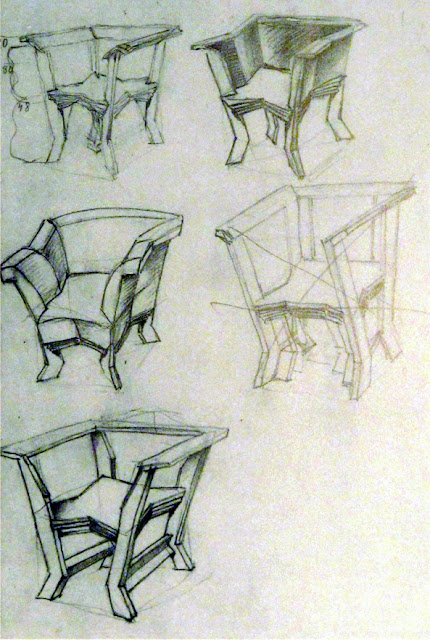Pavel Janák's Lidded Box (1911)
Plato's Forms are the set of archetypes representing the essential "thingness" of each kind of object in the real world. The various day to day objects in real life are mere shadows of the perfect Platonic Form that they represent. Each rabbit, human, fish, chair or box is defective in some way, either in design or execution. The greater the defect, the further the object is from its perfect Platonic Form.
For me, Czech Cubist designer and architect, Pavel Janák's Lidded Box (1911), is the closest thing to a Platonic Cubist lidded box. Any attempt to improve on this design seems futile, it simply is the Cubist Lidded Box.
Top view
Consisting of equilateral pyramids on a cuboid base, the box is white with black lines along each edge. This is reminiscent of a crystal, a motif that was popular at the beginning of the 20th century.
Janák's Lidded Box is produced by changing the natural horizontal and vertical surfaces into oblique ones. In this sense it represented the "abstraction of matter". Janák deliberately avoided verticals and horizontals which he associated with artists of the previous era.
Quality reproductions of Janák's Lidded Box can be purchased from the Modernista design store in Prague, Czech Republic.














